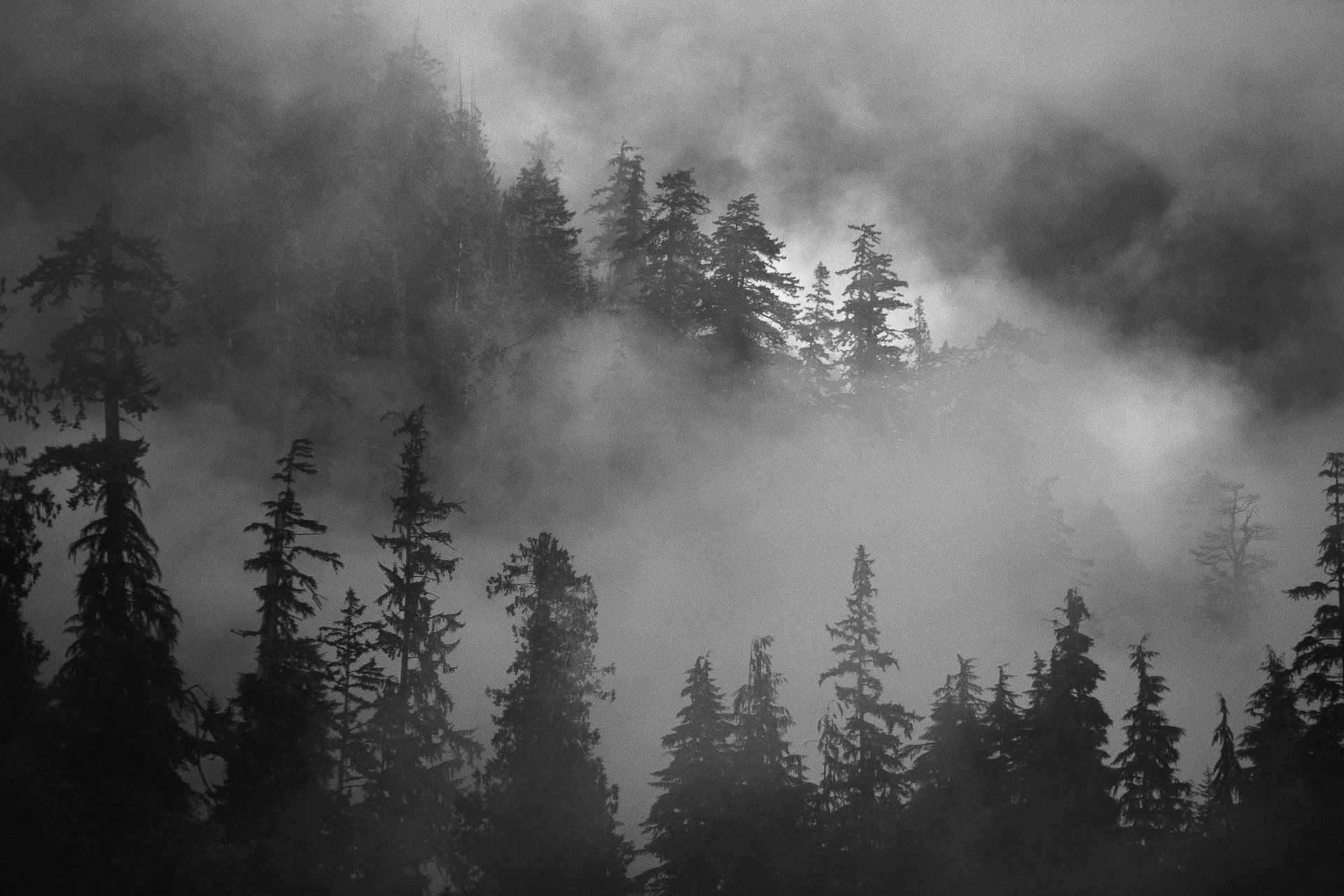Exploring the Haunting Beauty of Cemeteries in Somebody Is Walking on Your Grave
- Jay Whales

- Sep 30
- 4 min read
FOUR STARS
Cemeteries often evoke powerful emotions. They might make us feel reverent, reflective, or even fearful. In her captivating book Somebody Is Walking on Your Grave, Mariana Enriquez leads us on a compelling journey through the haunting beauty and rich stories of cemeteries across the Americas, Europe, and Australia. With her essays, which she charmingly calls “excursions through death,” she blends history, architecture, and the spectral tales embedded in these solemn spaces.
Enriquez doesn't just focus on the dead; she also shines a light on the living—the caretakers, the visitors, and how their lives weave into the narrative of these sites. If you’ve ever felt drawn to the eerie elegance of the Paris catacombs or the distinctive aboveground tombs of New Orleans, this book is a powerful exploration worth your time.

The Allure of Cemeteries
These resting grounds serve not just as final stopovers but also as valuable history books. Each grave is filled with personal stories that Enriquez unpacks with care. For example, one essay describes the famous Père Lachaise Cemetery in Paris, home to the graves of Jim Morrison and Oscar Wilde. People flock to see these monuments, which reveal much about the visitors’ connections to the past.
Enriquez examines not only the unique architecture of these monuments but also the profound cultural implications. As she wanders through the moss-covered paths and crumbling gravestones, readers reflect on their own views surrounding death and commemoration. The contrast of beauty and decay prompts us to ponder how we memorialize those who have departed.
A Journey Through Death
Enriquez's travels lead her to cemeteries filled with charm and distinct history. Through her eyes, we visit the serene yet spirited cemeteries of New Orleans. The aboveground tombs, essential due to the city's notorious flooding, morph into artistic expressions that celebrate life and death harmoniously. Some families decorate the graves with colorful flowers and murals, highlighting the community's rich cultural identity.
In one powerful section, she describes how certain families host annual celebrations called "Día de los Muertos" where they gather at gravesites with altars, vibrant decorations, and food. Such rituals showcase how these graves become places for joy and remembrance, not just sorrow.
Saints and Ghosts
Enriquez delves into fascinating folklore surrounding cemeteries, offering insights into how cultures interpret death and the afterlife. She recounts stories from Latin America where cemeteries are thought to be spiritual hubs, filled with connections to ancestors. For instance, the legend of La Llorona, a weeping spirit said to wander graveyards, shapes community attitudes toward loss and memory.
In many traditions, graveyards become grounds for celebration, where people honor the deceased through music, food, and prayer. This shifting perspective reveals that death is not an end. Instead, it’s a continuation of relationships and storytelling, as Enriquez vividly illustrates.
The Caretakers and Visitors
Cemeteries brim with life through the efforts of caretakers and the visitors who frequent them. Enriquez introduces us to dedicated individuals who nurture these sacred spaces, often with heartfelt devotion. An example is Mr. Jean-Claude, who has dedicated over 30 years caring for a small cemetery in rural France, ensuring every grave is tended and honored.
Visitors bring their own stories and emotions too, whether they are mourning a loved one or simply exploring. Enriquez captures the essence of these moments, illustrating how cemeteries mirror our own lives—our fears, hopes, and cherished memories.
The Architecture of Death
The aesthetic allure of cemeteries is another focal point in Enriquez's essays. From monumental mausoleums in Buenos Aires to the sweet simplicity of small gravestones in rural Iowa, each design choices tells a story worthy of exploration. She highlights how the styles of tombstones and structures reflect the cultural and historical contexts of their times.
For example, she discusses how certain headstones in Victorian-era cemeteries often feature angelic figures symbolizing peace, while more modern designs lean toward minimalist beauty, reflecting changing attitudes toward death.
The Emotional Landscape
Reading Somebody Is Walking on Your Grave turns out to be an emotional odyssey. Enriquez’s prose effectively draws the reader in, prompting deep contemplation. Her exploration challenges us to confront our own feelings about loss and remembrance.
Through personal anecdotes and broader cultural observation, she crafts essays that resonate on multiple levels. Each piece serves as a gentle reminder to acknowledge our connections to those we have lost while appreciating the complexities of life itself.
Finding Meaning in the Journey
In Somebody Is Walking on Your Grave, Mariana Enriquez masterfully navigates the intriguing world of cemeteries, transforming what could be a morbid subject into one of insight and beauty. Her essays encourage us to see cemeteries as places where stories continue to unfold, extending beyond merely a final resting place.
Whether you are an avid cemetery enthusiast or have never stepped into one, this book will challenge you to view these sites differently. Enriquez’s exploration into death serves as a reminder of the bonds we forge, the stories we cherish, and the beauty that emerges even in the most somber settings.
So, if you find yourself curious about the mysteries of cemeteries and the narratives they cradle, pick up Somebody Is Walking on Your Grave. You might discover a renewed sense of wonder as you explore the haunting beauty of life and death intertwined.































Comments